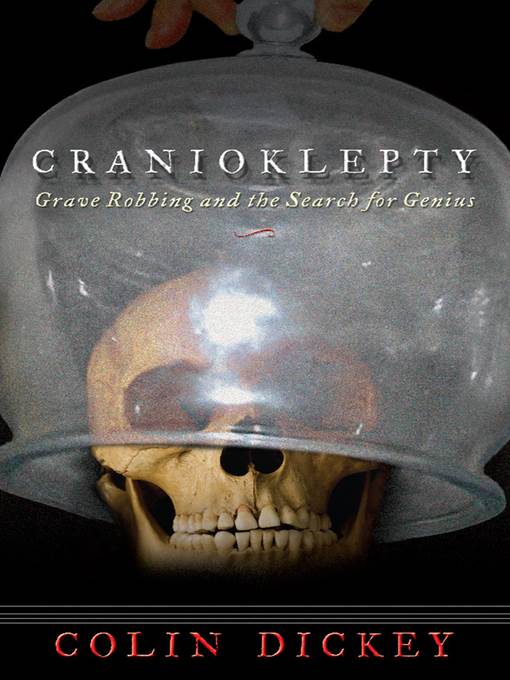
Cranioklepty
کتاب های مرتبط
- اطلاعات
- نقد و بررسی
- دیدگاه کاربران
نقد و بررسی

July 13, 2009
The word “skullduggery” finds a new meaning in Dickey's well-vetted account of those obsessed with owning the skulls of the highly talented and famous. Fiction and nonfiction writer Dickey (co-editor of Failure! Experiments in Aesthetic and Social Practices
) takes the reader back to the plucky grave robbers who stole the craniums of famed composers Haydn and Beethoven, Swedish mystic Emanuel Swedenborg, artist Francisco Goya, the English doctor and philosopher Sir Thomas Browne and others to sell, study or put on public display. The skull obsession was triggered by the infamous “Gall system,” created in the late 18th century by Franz Joseph Gall, who theorized that the bumps and dents of the skull could provide a measure of intelligence. The author not only describes the profitable trade of grave robbing, but the chemical technique of cleaning a skull, the patronage of medical schools and the complex scientific debates about whether the size and shape of skulls and brains tell us anything about human intelligence or personality. Blending science with historical drama, Dickey's book illuminates the mystery and controversy of a bizarre tradition throughout the ages.

August 1, 2009
Cannibals shrunk the heads of their enemies, Christians venerated the skulls of saints, and in the early nineteenth century, phrenologists decapitated corpses of the famous to study genius. Its the last category of head-hunting that attracts Dickeys attention in this wry account of the skulls of composers Haydn, Beethoven, and Mozart, among others. Describing phrenologys claim to understand the mind, Dickey introduces Joseph Carl Rosenbaum, a Viennese man fascinated by the new pseudoscience and by Haydns music. With Vienna in 1809 distracted by other thingsNapol'ons army was in townRosenbaum stole the head of just-deceased Haydn, beginning a convoluted mystery Dickey relates to bemusing effect, thanks to Rosenbaums diary. Weaving the storys details among other equally bizarre episodes of renowned craniums gone missing, Dickey fairly considers what motivated graveyard pilferers; generally, it was a potage of science, commemoration, and profit. Those with a taste for the macabre who may have read Brian Burrells Postcards from the Brain Museum (2005) and Russell Shortos Descartes Bones (2008) will enjoy Dickeys eccentric tales.(Reprinted with permission of Booklist, copyright 2009, American Library Association.)

























دیدگاه کاربران